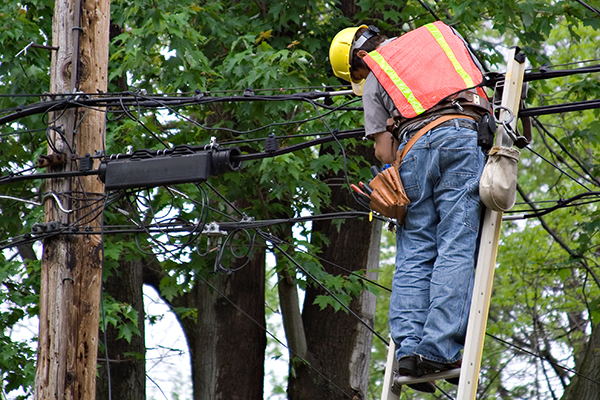For utilities, an Outage Management System (OMS) is an important application for managing outages effectively. OMS, when integrated with SCADA and the customer service centre, can help you better coordinate outage response activities, resolve outages faster, and increase transparency to customers. But there remains a missing link: an integrated two-way flow of information between the control room and field crews.
A steady stream of information is crucial for making timely, informed decisions and optimizing field crew deployments. When jobs and information are shared over the radio, there is always the risk of delays and misunderstanding. Crew in the field are forced to describe situations they hope the control centre can understand, and vice versa. Eliminating these inefficiencies can help restore power faster.
SurvalentONE Polaris
SurvalentONE Polaris enables field crews to receive job notifications, view jobs, view the network model and outage map in real-time, create damage reports, report progress, and close job tickets, all through their laptop or tablet.
Collaboration between dispatchers and field crews equipped with Polaris enables utilities to streamline field operations, improve situational awareness, and ensure a safe, coordinated response to every outage.
So how does Polaris improve your OMS?
1. Get started on restoration activities more quickly and resolve outages faster
When dispatchers create a job, the field crew has access to its precise location. The job record displays the relevant details, so the crew can be better prepared with the information and materials they need before they get to the site. Crews can also see which other crews are nearby so they can contact them in the event they need materials, rather than going back to the shop to pick them up. As a result, crews can eliminate extra time spent searching for the job site or retrieving materials and can cut down on mileage and unnecessary truck rolls.
2. Empower field crew to tackle outages when the control room is closed
Not all utilities have a 24/7 control room. With Polaris, utilities can configure user rights so that an on-call supervisor can create job tickets and dispatch the crews directly from the field. Utilities can also enable field crews to assign themselves to an outage case so there are no delays.
3. Improve field crew and customer safety
With Polaris, workers in the field have access to the same information as the control room, including information about which feeders are energized or de-energized. They can also view tags on devices under repair. As a result, the field crew can be confident in their safety when starting a job. Plus, a more collaborative environment is a safer environment. When crews working on the same feeder can see what the others are doing, there’s less chance of an upstream crew energizing a line currently being restored by unprotected linemen.
Interested in learning more?
Fill out this form and a Survalent team member will be in touch.


